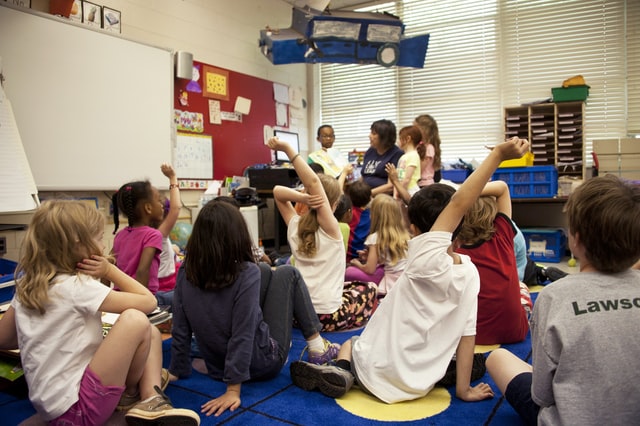

Teaching language is not purely the domain of the English teacher; a focus on language across the curriculum can improve academic and life outcomes for all pupils. An awareness of the language demands of your subject can help you to anticipate problems, plan for ways to support your pupils and increase accessibility of subject content.
Content or Language?
The Content and Language Integrated Learning (CLIL) approach means that you don’t have to choose! This methodology is implemented in various ways worldwide, but in a UK EAL context we can use some of its principles and methods to increase our focus on how we incorporate teaching language across the curriculum. When you define a content learning outcome, consider ways that pupils will need to use language to achieve that outcome and how you can support this.
BICS
BICS (Basic Interpersonal Communication Skills) is the type of language we use in informal situations. This could be chatting to friends in the playground or sending a text. In the classroom, your pupils might need to use functional language, asking to go to the toilet or to borrow a pen. They may also need to give their opinion or agree and disagree with each other politely in a discussion activity. Perhaps you could give examples of ways to disagree with someone politely or impolitely and ask pupils to identify the difference to support this. Another idea to increase participation in discussions is to give each pupil a useful phrase to structure discussion. Challenge groups to ensure every pupil uses their phrase and award points to the most inclusive groups.

CALP
CALP (Cognitive Academic Language Proficiency) is the more formal language across the curriculum which we usually use in academic tasks. Pupils will need to use subject-specific Tier Three vocabulary in all subjects. In addition, they may need to use academic language to justify opinions, explain cause and consequence or to structure a written answer. Support this by pre-teaching subject-specific vocabulary and presenting it to pupils in context using FlashAcademy® vocabulary and reading comprehension lessons.
Supporting language skills
Whether you are reading, writing, listening or speaking, pupils will be using skills related to language across the curriculum. If you are doing a listening or video task, think about putting on subtitles as support and including ways to direct listening. Try creating a listening comprehension sheet focusing on keywords, key points and signposting phrases. Pupils can then refer to this for support in later speaking or writing tasks. Displaying spellings, using sentence starters and writing frames are all helpful as scaffolding for writing tasks. You could consider improving pupils’ writing by addressing common mistakes before asking them to apply these corrections to extended tasks. Use glossaries, visual support or directed reading tasks to increase pupils’ understanding and engagement with texts.
Once you have thought about the language demands of your subject, you will realise that a focus on language across the curriculum is essential. You may want to use this planning tool to help guide you to define your language learning outcomes. You can also catch up on this ‘Language Awareness for Curriculum Teachers’ webinar for more information and support.

